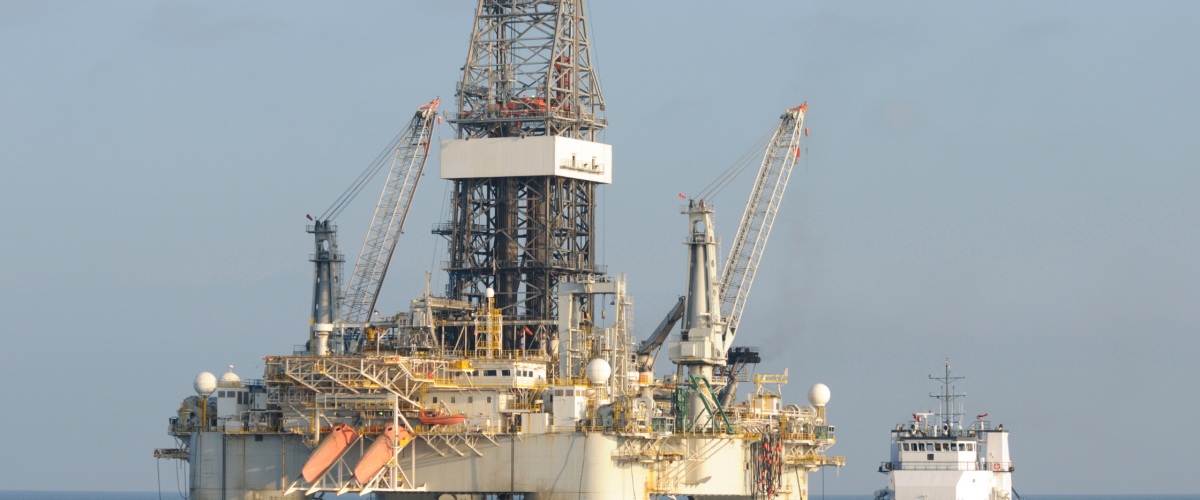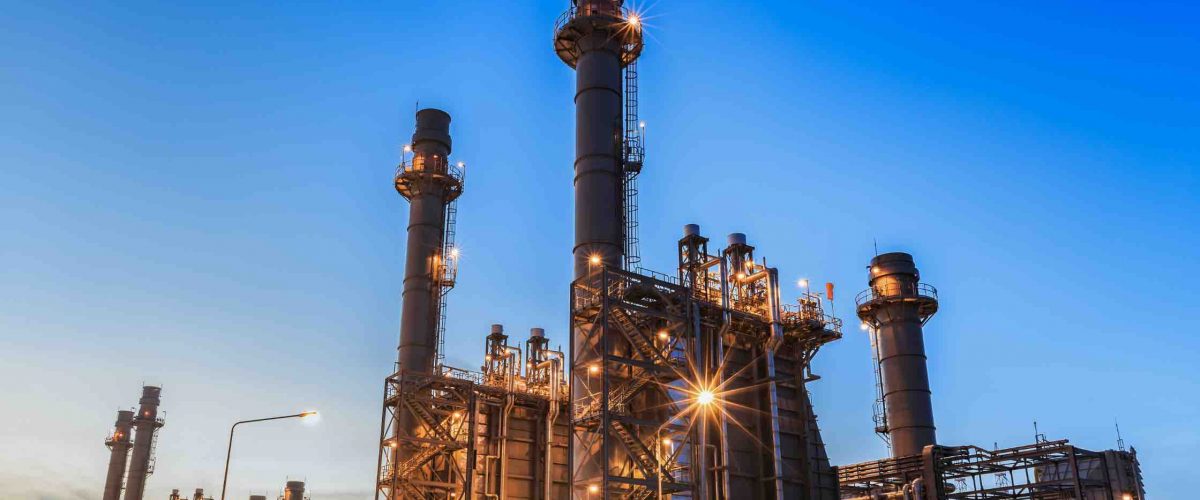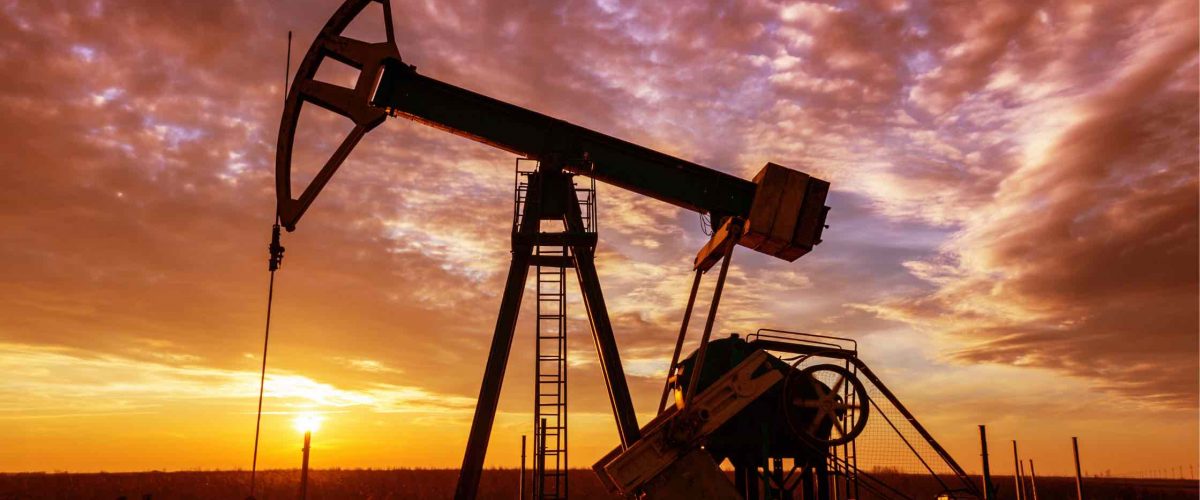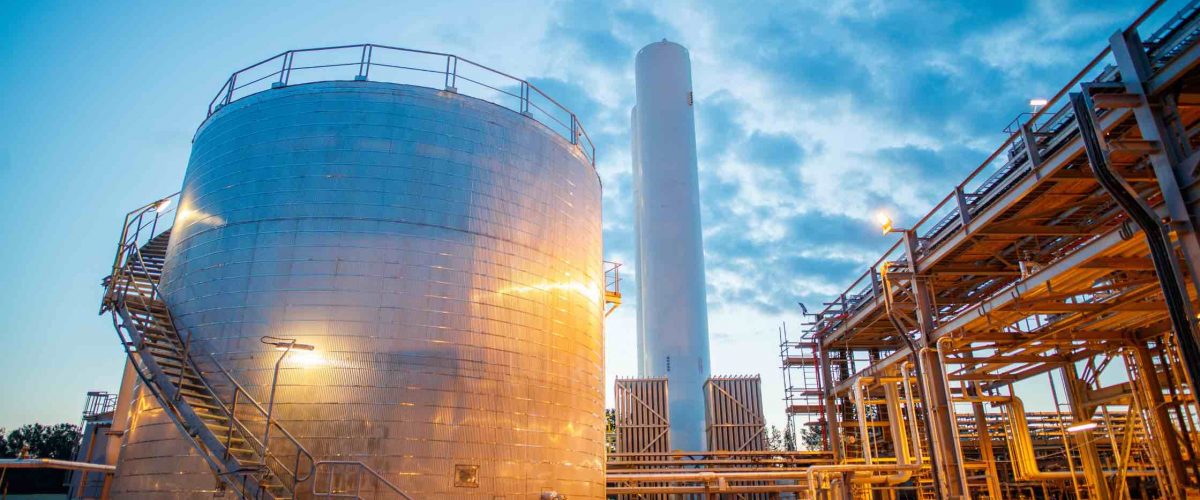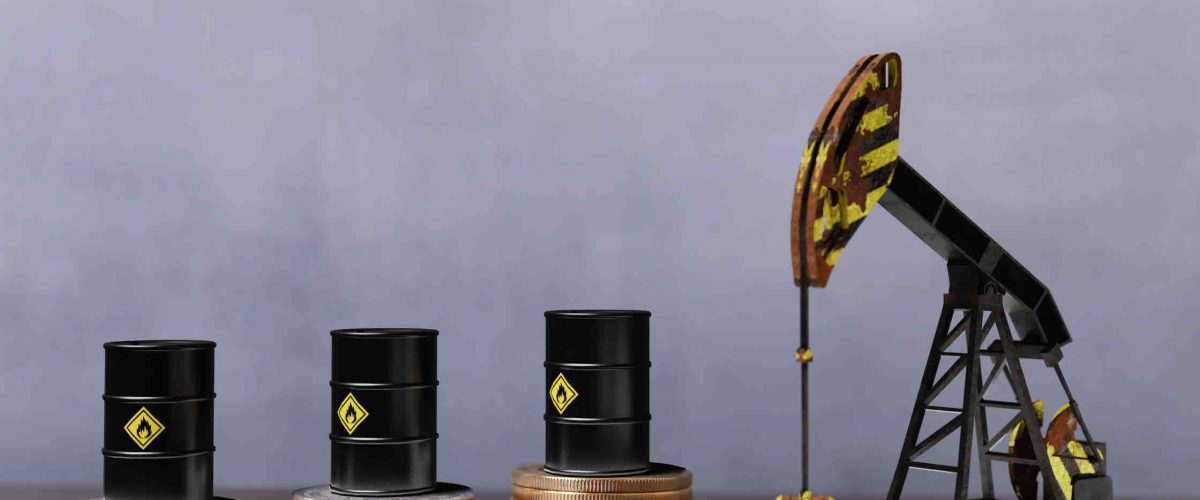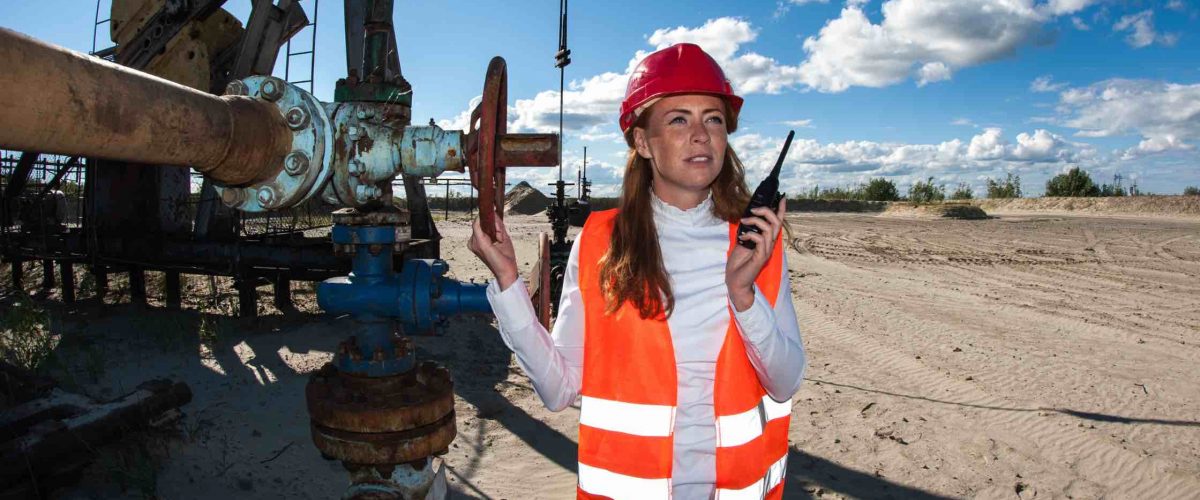Deepwater drilling is an intricate and challenging endeavor that involves extracting oil and gas from reservoirs located beneath the ocean floor in water depths greater than 500 feet.
Here’s a glimpse into the challenges and advancements in deepwater drilling:
Challenges:
1. Extreme Environment:
– Deepwater drilling often takes place in remote and harsh environments, where the conditions are challenging, and the depths can exceed several thousand feet.
2. Technical Complexity:
– Drilling in deepwater requires advanced technologies and highly specialized equipment due to the increased pressure, temperature, and geological complexities at greater depths.
3. Safety Concerns:
– Safety is a paramount concern. The risk of well blowouts, oil spills, and other accidents necessitates rigorous safety protocols and emergency response measures.
4. Environmental Impact:
– Deepwater drilling operations can have significant environmental impacts. Oil spills, habitat disruption, and the release of greenhouse gases are concerns that demand careful management.
5. Cost Intensity:
– Deepwater projects are capital-intensive. The costs associated with drilling, exploration, and equipment are considerably higher than in shallow water or onshore operations.
6. Logistical Challenges:
– Logistics become more complex in deepwater locations. Transportation of personnel, equipment, and supplies to and from the drilling sites requires meticulous planning.
7. Corrosion and Materials:
– Materials used in deepwater equipment must withstand corrosive seawater and extreme pressure and temperature conditions. Corrosion can pose a significant challenge to the integrity of equipment.
Advancements:
1. Advanced Seismic Imaging:
– High-resolution seismic imaging technologies help in mapping subsurface structures accurately, enabling better identification of potential reservoirs.
2. Drilling Technologies:
– Advancements in drilling technologies include dual-gradient drilling and managed-pressure drilling techniques, enhancing the control of wellbore pressure and improving safety.
3. Robotics and Automation:
– The use of remotely operated vehicles (ROVs) and autonomous underwater vehicles (AUVs) has increased, allowing for more efficient inspection, maintenance, and repair of deepwater infrastructure.
4. Subsea Processing:
– Subsea processing systems enable the separation and processing of hydrocarbons on the seabed, reducing the need for surface facilities and lowering costs.
5. Deepwater Platforms:
– Floating production platforms, such as FPSOs (Floating Production Storage and Offloading), have become more sophisticated, providing a stable platform for drilling and production in deepwater locations.
6. Materials Engineering:
– Advanced materials, coatings, and alloys are being developed to withstand the corrosive and extreme conditions encountered in deepwater environments.
7. Real-Time Monitoring and Analytics:
– IoT (Internet of Things) and data analytics are used for real-time monitoring of equipment health, improving predictive maintenance, and reducing downtime.
8. Enhanced Blowout Prevention Systems:
– Blowout preventer (BOP) systems have undergone improvements, incorporating redundancy and advanced safety features to prevent well blowouts.
Deepwater drilling remains a frontier that pushes the boundaries of technological innovation. As advancements continue, addressing the challenges associated with deepwater operations becomes more feasible, making it a crucial sector in the global energy landscape.
Read more on Sparkview Energy:
Factors influencing oil and gas prices and the dynamics of the energy market
Environmental Impact of Oil and Gas Equipment: Mitigation and Sustainability Measures
Advancements in Oil and Gas Drilling Equipment: Efficiency and Safety Improvements

